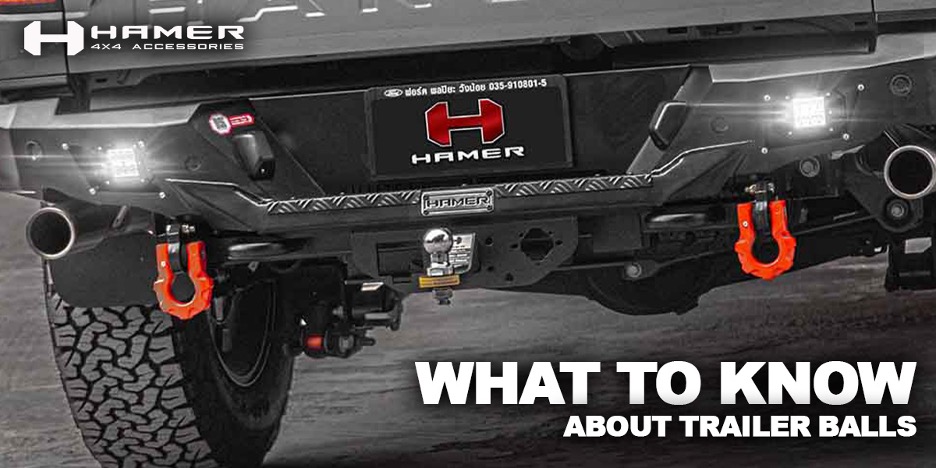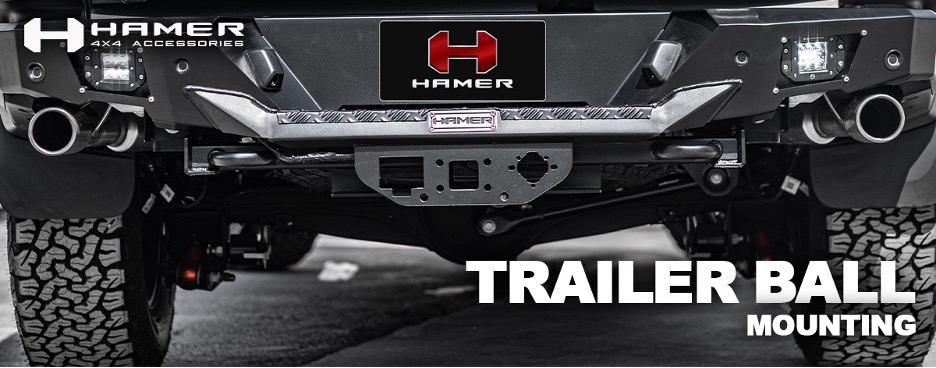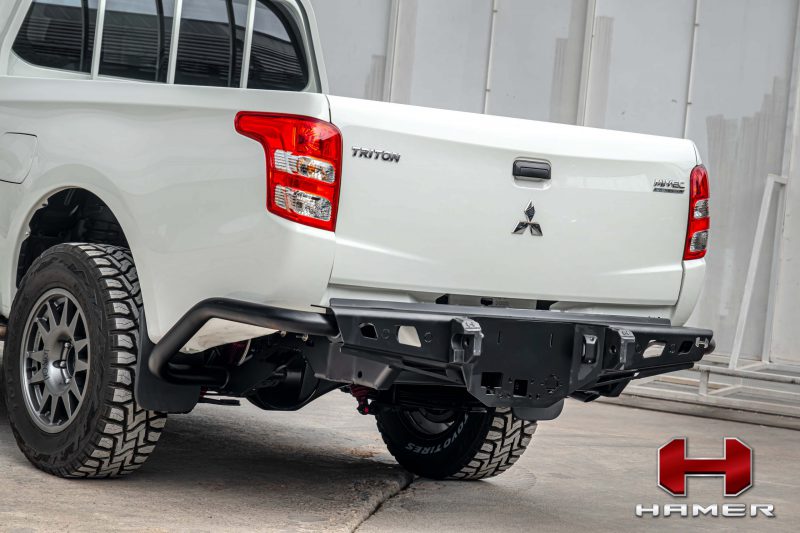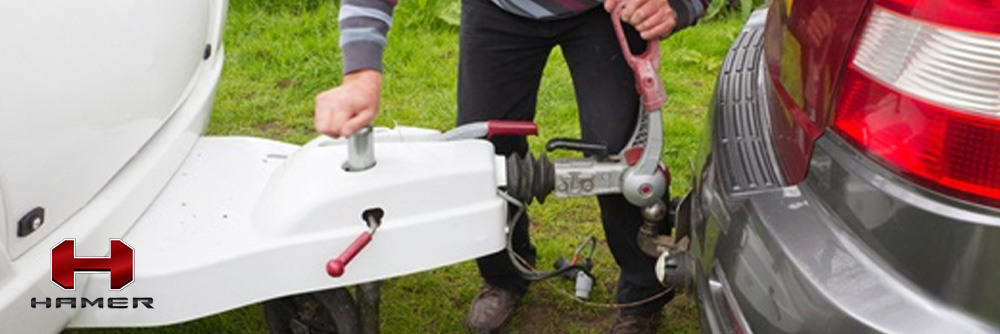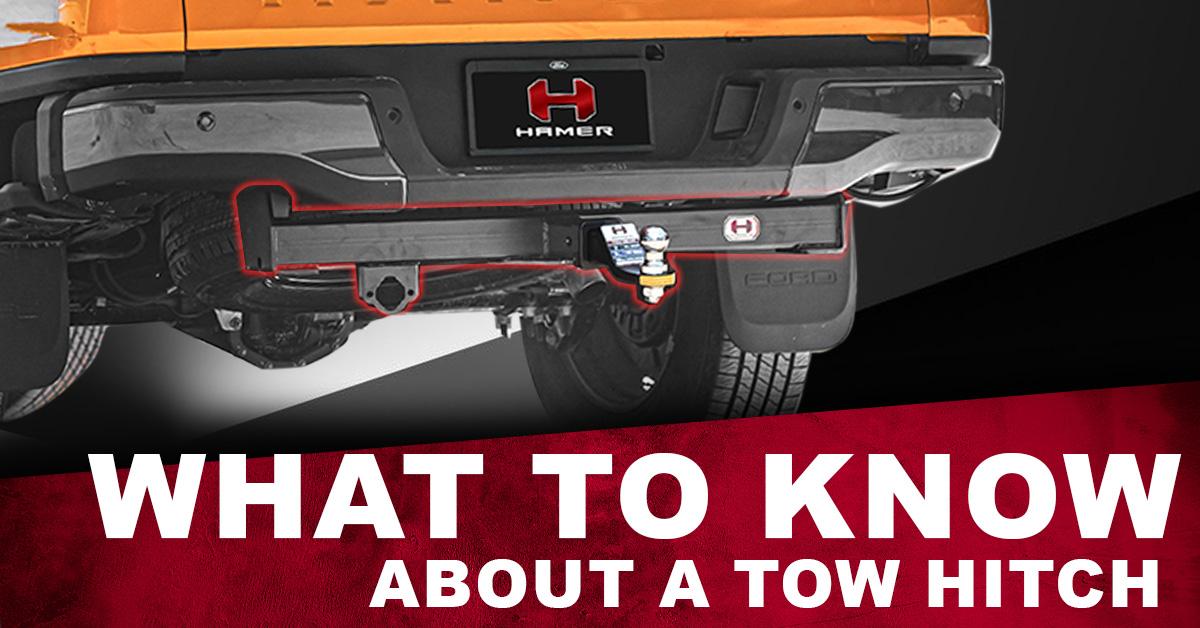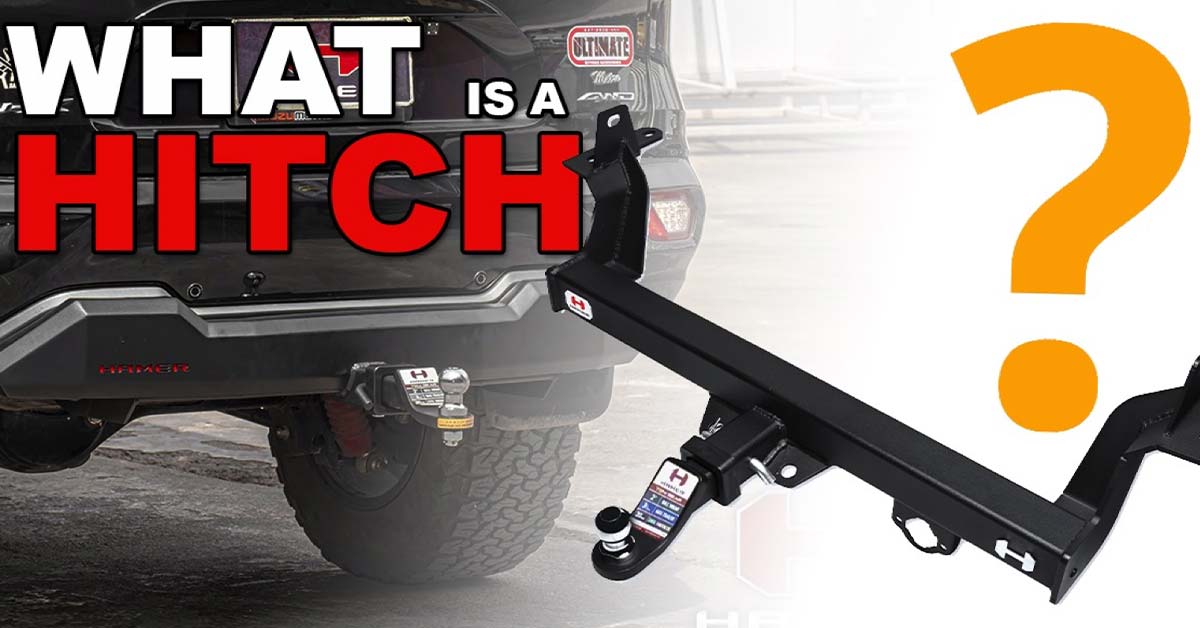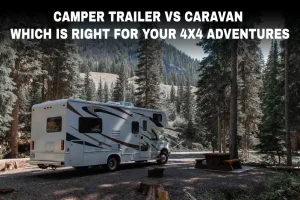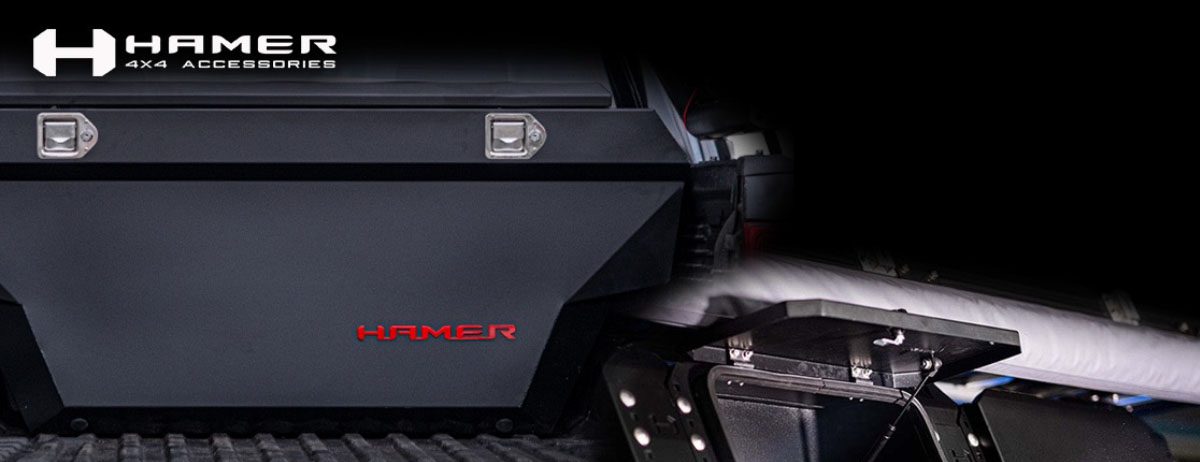NEWS & ACTIVITY
What To Know About Trailer Balls
Choosing the right trailer ball might be a daunting task; however, armed with the correct information, know-how, and knowledge, you can ensure a confident choice.
The first step is to know your vehicle’s towing compacity. There are some smaller vehicles capable of towing up to 2,000 pounds safely. While some full-size trucks, vans, and SUVs are capable of towing up to 10,000 pounds.
Your vehicle’s owner manual will clearly state what class level your vehicle is rated for, your vehicle’s max towing compacity, and in some cases, even recommend proper hitches and trailer balls for your vehicle. Never exceed your factory-recommended towing compacity; exceeding these weights can be incredibly dangerous.
The key to safety is ensuring you have the right trailer ball for the job. Trailer balls come in a variety of classes. They vary in weight compacity and weight distribution. Before you plan on towing anything, whether a trailer, boat, or flatbed, make sure you have the right trailer ball for the job.
This article will discuss the fundamental differences between various trailer balls and mounting options.
Trailer Ball Mounting
Proper trailer ball mounting is crucial for safety. It must be mounted as level as possible; unleveled mounting will cause excessive strain at the connecting point between the trailer and the hitch. The excessive strain can potentially break the trailer ball, causing severe damage, injuries, and even death.
Use a drop or a rise hitch to provide a level connection. This will help ensure that your connection points are level for safe towing.
Different Types Of
Trailer balls come in a variety of finishes and sizes. They are made from solid steel and are constructed to comply with safety specifications and regulations.
If you intend to tow class IV or higher, you will need a reinforced trailer ball rated for higher stress and wear.
Measuring For Trailer Balls
There are several measurements to keep in mind—the diameter of the ball, the diameter of the shank, and the length of the shank.
Depending on your intended towing purposes, the proper measurements of these three components are crucial for safe operation while towing. Arm yourself with the information from your vehicle’s owner’s manual and precise measurements before purchasing.
How To Use a Trailer Ball
To ensure safety, It’s crucial to understand how to use a trailer ball properly.
Here are ten steps to ensure safe, proper use:
Step 1
It is always recommended to wear gloves to avoid any hand injuries while connecting the trailer ball to your vehicle’s hitch.
Step 2
Verify that the trailer ball and hitch meet the minimum gross vehicle weight rating. (GVWR)
Furthermore, ensure that the trailer ball’s size and your vehicle’s hitch match. The size and weight compacity will be clearly marked on both the trailer ball and hitch.
Step 3
Before backing up your vehicle, use the trailer’s tongue jack to raise the trailer, ensuring you have enough clearance to position your trailer ball directly under the trailer hitch.
It’s highly advised to use a spotter when backing up your vehicle. Once you have adequately aligned your trailer ball with the trailer hitch, lower the trailer to fit securely over your vehicle’s trailer ball.
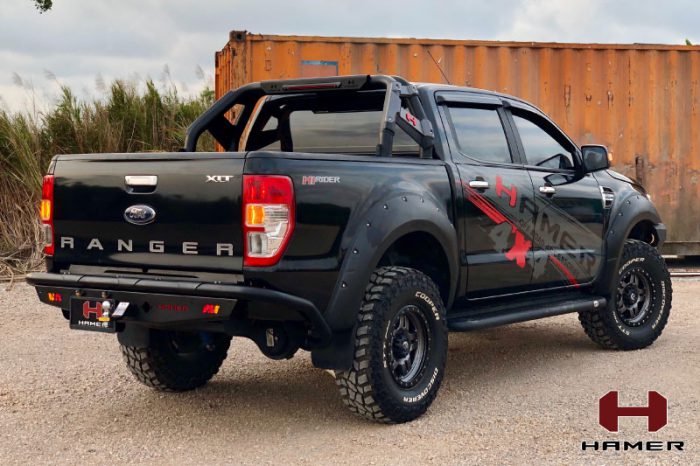
Step 4
Now that the trailer hitch is correctly placed over your vehicle’s trailer ball secure the connection using the tongue latch and insert the safety keeper pin.
Step 5
Now that your trailer is connected to your vehicle use the tongue jack to raise the trailer again. This will ensure that the trailer is securely fastened.
Once a secured connection is verified, lower the jack and secure the jack properly for transit.
Step 6
Connect the safety chains using a cross pattern. This will provide a secondary connection if anything fails while in transit.
Step 7
Connect the wiring harness for your brake lights and turn signals. Don’t forget to use the safety keeper to keep the connection in place.
Step 8
Make sure the connection between your trailer and trailer ball is as level as possible.
An unleveled connection can put stress between the trailer ball and the trailer’s hitch; this can be very dangerous.
Step 9
Before embarking, check all running lights. Ensure that your brake lights and turn signals are operating correctly.
Step 10
Drive safely and enjoy the journey!
Hamer Trailer Balls
Hamer offers complete tow sets that include everything you need to safely tow whatever life throws at you.
Hamer trailer balls have a rated towing capacity of up to 3.5 tons. They are constructed from high-quality steel with a powder-coated finish to ensure an eye-catching look and longevity.



































































































